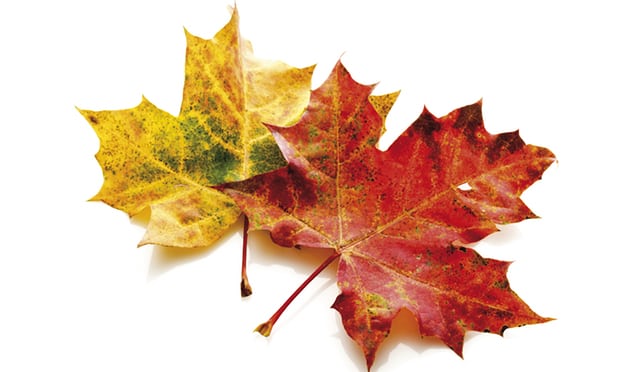Many of the body’s cells regenerate – but not the brain’s, explains Daniel Glaser
We are being treated to a spectacular display of autumn colour this year, but it isn’t only trees that share this pattern for periodic shedding and regrowth. Our own skin cells, for example, are renewed every month or so, but we replenish less than 10% of our bone each year. Certain types of human cells do not seem to regenerate at all and this includes brain cells. With a few exceptions (such as the hippocampus), we are born with all the brain we’ll ever have. Over childhood and into adolescence, extensive pruning of the connections between cells takes place. This neural topiary shapes all the systems of the brain. But once into adulthood, although some new connections are formed, the main structural change is the steady death of our brain cells.
Many aspects of life cause our cells to die off, including trauma, drug use, environmental pollutants, strokes… and that’s before we start on age-related diseases such as Alzheimer’s. Yet the quality of our brain function doesn’t decline for most of adulthood. Maybe as our cells decrease we learn to adapt, picking up tricks to help us to make the best of what we’ve got.
Photo credit: Leaf lesson: as with Autumn leaves, our skin and bone cells renew. Photograph: Image Broker/Rex
This article was first published on the Guardian website as part of the A neuroscientist explains series.
